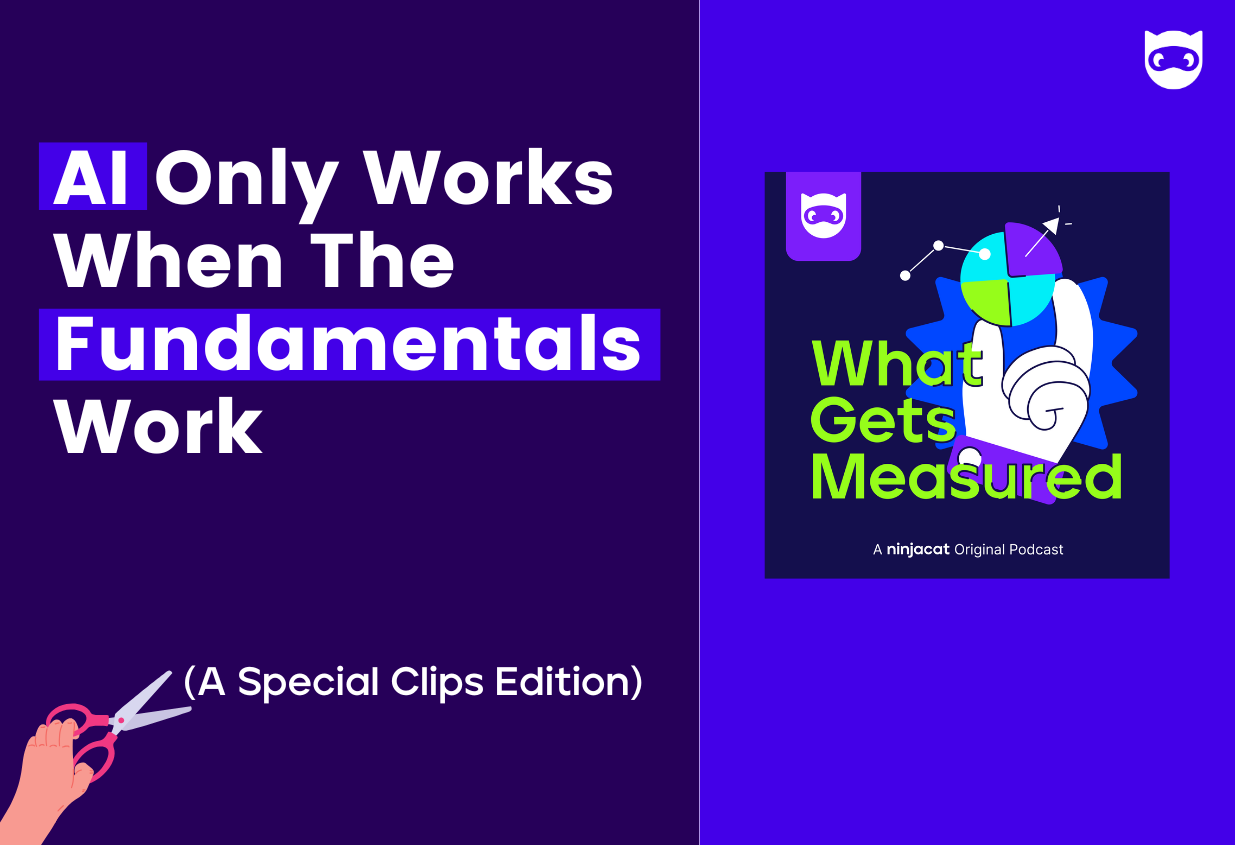Snowflake vs. BigQuery: Choosing the Right Marketing Data Warehouse

We all know that in today's world, marketing is all about leveraging data to make smarter decisions, create targeted campaigns, and measure success. That's why picking the right data warehouse is crucial for marketers and agencies alike. Two of the big names in the game are Snowflake and BigQuery, but how do you decide which one is the right fit for your marketing data needs? Don't fret – we're here to break down the pros and cons of these two popular platforms so you can confidently choose the one that's right for you.
Why You Need a Marketing Data Warehouse
A data warehouse can provide the scalability, flexibility, and performance needed to effectively store, analyze, and report on marketing data. We are going to take a closer look at two of the most popular options – Snowflake and BigQuery – and how they compare when it comes to storing and managing marketing data. But first, here are a few reasons why marketers might seek a data storage solution to begin with:
- Cross-channel data integration: Integrating marketing data from social media, search, ad networks and more into a single source of truth allows for analyzing cross-channel performance and optimizing campaigns accordingly.
- Custom reporting: Going beyond what standard reporting tools can provide by offering deeper insights into campaign performance, customer behavior, and more.
- Machine learning: Storing and processing large volumes of data to train machine learning models to optimize campaigns and predict customer behavior.
- Real-time data analysis: Make fast decisions, optimize campaigns on the fly, and react quickly to changes in campaign performance or customer behavior.
Now that we've established the importance of having a marketing data warehouse and some of the key benefits it can provide, let's dive into the specifics of two of the most popular options in the market. First up, we'll take a closer look at Snowflake.
Snowflake: Key Features
Snowflake first made its appearance in 2012 and has since grown into a popular data warehouse solution for businesses of all sizes. Known for its unique architecture, Snowflake offers some key features of note:
- Storage and compute separation: Snowflake allows you to independently scale storage and compute resources, which means you can process large amounts of data without breaking the bank or sacrificing performance.
- Multi-cluster shared data architecture: With this feature, multiple teams can access and work with the same data simultaneously without any hiccups.
- Support for various data types and formats: From JSON to Avro, Snowflake can handle it all, making it easy to store and analyze diverse marketing data.
Snowflake operates on a pay-as-you-go model, which means you only pay for the resources you actually use.
BigQuery: Key Features
Now, let's take a look at BigQuery. Launched by Google in 2011, BigQuery has become a popular choice for businesses seeking a serverless, fully-managed data warehouse. Some of its key features include:
- Serverless architecture: With BigQuery, you don't need to worry about provisioning or managing servers; Google handles it all for you.
- Real-time analytics and streaming: Need insights in a hurry? BigQuery's got you covered with real-time analytics and data streaming capabilities.
- Machine learning integration: Leverage Google's machine learning tools right within BigQuery to supercharge your data analysis.
BigQuery operates on a pay-as-you-go model as well, with additional options for flat-rate pricing.
Comparing Snowflake and BigQuery for Marketing Data
Now that we've covered the basics, let's put Snowflake and BigQuery head-to-head and see how they stack up when it comes to handling marketing data.
Data Storage & Scalability
Both Snowflake and BigQuery are built to handle massive amounts of data. However, they differ in how they store and process that data. Snowflake uses a unique data storage structure that separates compute and storage, allowing users to scale both independently. This means that you can add more storage without having to add more compute power, and vice versa. On the other hand, BigQuery uses a columnar data storage structure that allows for faster query performance and less data duplication.
Querying and Reporting
When it comes to querying and reporting, both platforms offer robust capabilities. Snowflake has a SQL-based query engine that allows users to run complex queries on their data. They also offer integrations with popular business intelligence tools, making it easy to visualize and report on data. BigQuery, on the other hand, uses Google's proprietary SQL dialect called BigQuery SQL, and has built-in data visualization tools like Data Studio.
Integration and Compatibility
Both Snowflake and BigQuery have extensive integration capabilities with other marketing tools and platforms. Snowflake integrates with various ETL tools, data connectors, and programming languages like Python and R. BigQuery also integrates with popular ETL tools like Apache Beam and Talend, as well as programming languages like Java and Node.js. If you work primarily with Python and R, Snowflake might be the better choice. On the other hand, if you rely heavily on Google Cloud Platform tools, BigQuery might be the more natural choice.
Pricing and Scalability
Both platforms offer flexible pricing models that are based on usage. Snowflake offers an on-demand pricing model where you pay for the compute and storage resources used on an hourly basis. This model provides flexibility as you only pay for what you consume. Snowflake also offers pre-purchased capacity options where you can commit to a specific amount of storage and compute resources for a fixed term, typically one or three years. This option can provide cost savings if you have predictable usage patterns. BigQuery follows a pay-per-query pricing model. You are billed based on the number of queries you run and the amount of data processed by those queries. This model can be advantageous if you have occasional or unpredictable query usage since you only pay for the actual queries executed. As for scalability, both platforms can handle large volumes of data and are built to scale as your business grows.
Security and Compliance
Both Snowflake and BigQuery offer robust security features like encryption at rest and in transit, role-based access control, and multi-factor authentication. They also comply with various data protection regulations like GDPR and CCPA, making them both a safe and secure option for storing and managing sensitive marketing data.
Choosing the Right Marketing Data Warehouse for Your Needs
So, how do you pick the perfect data warehouse for your marketing data? Here are some key factors to consider:
- Assess your marketing data requirements: Think about the volume and variety of data you need to store and analyze, and whether real-time or batch data processing is more important for your use case.
- Budget and cost considerations: Weigh the ongoing costs and upfront investments of each platform, and consider whether pay-as-you-go or reserved capacity pricing works best for your organization.
- Ease of use and learning curve: Evaluate the technical expertise required to operate each platform, and explore available onboarding and training resources to ensure a smooth transition for your team.
Selecting the right data warehouse for your marketing data is a crucial decision that can significantly impact your organization's success. By considering factors like your data requirements, budget, and ease of use, you can make an informed choice between Snowflake and BigQuery. Don't be afraid to test drive both platforms to determine which one best meets your needs. Remember, the ultimate goal is to unlock the full potential of your marketing data to drive smarter decisions and better results.




.png)
